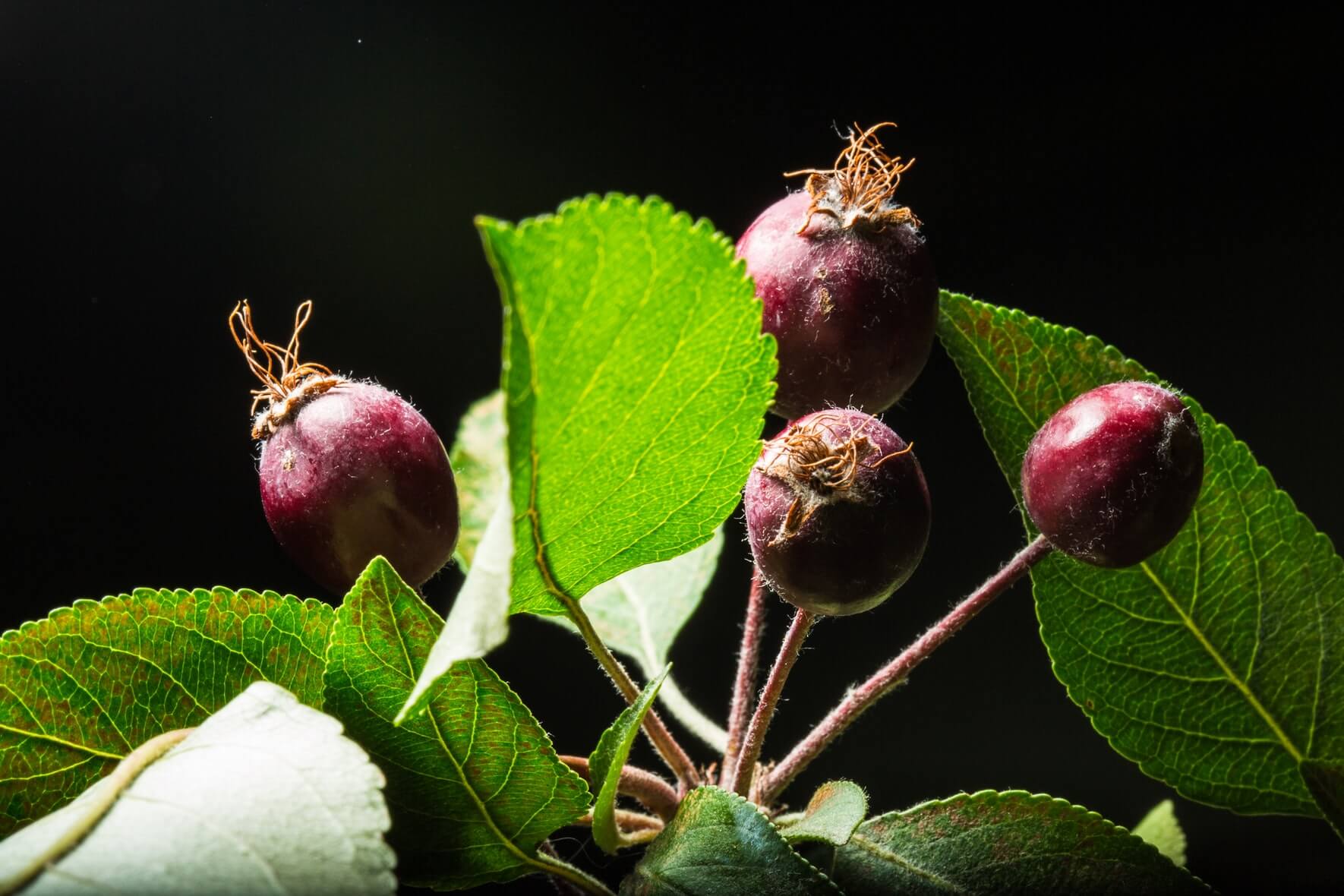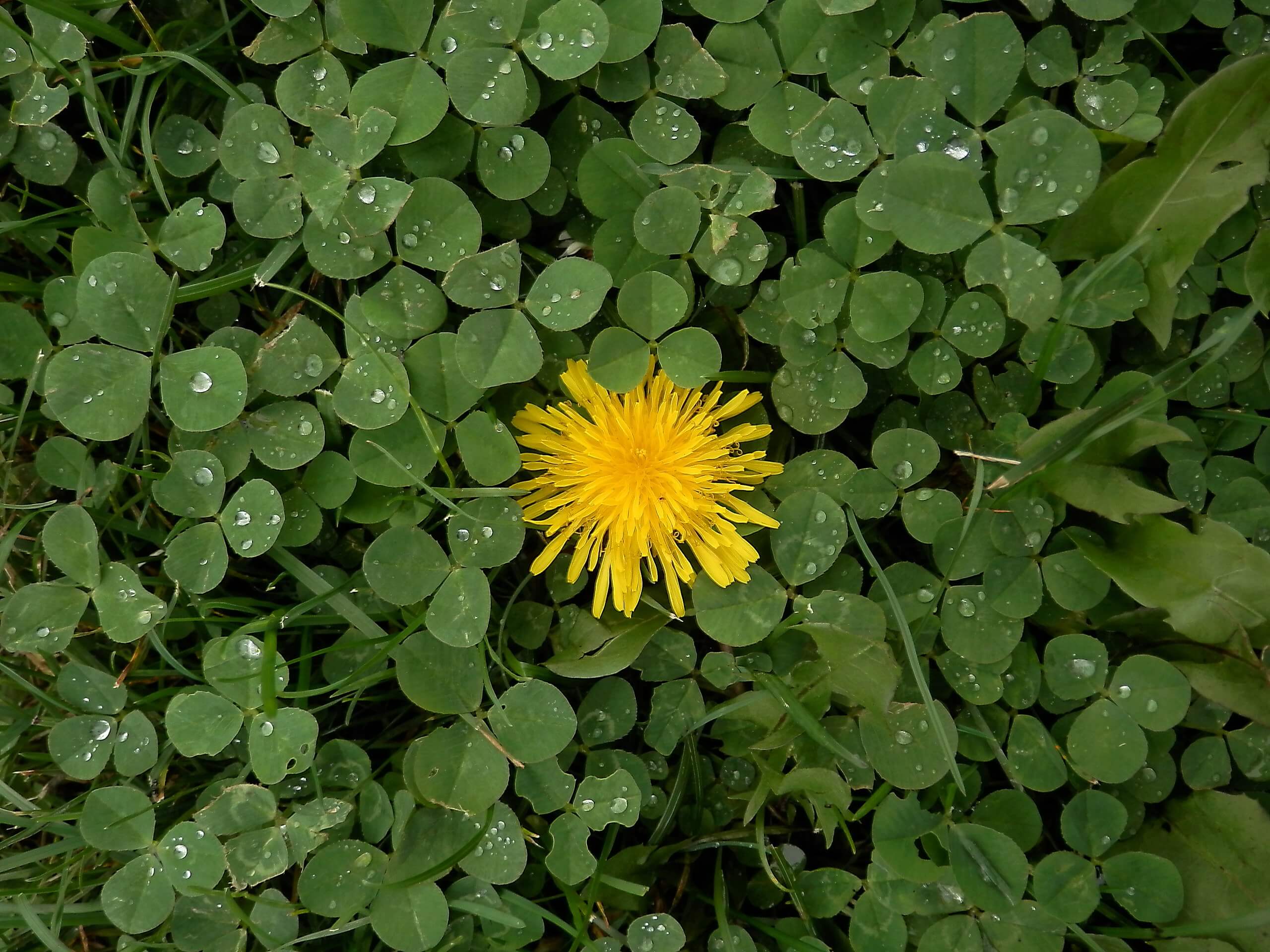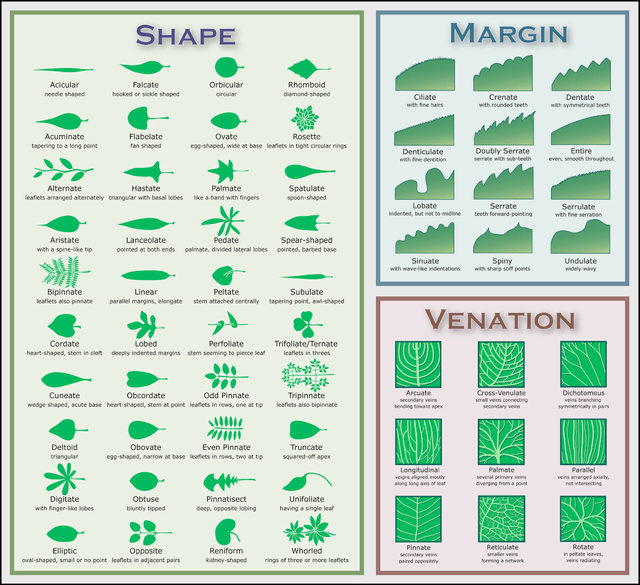Knowing how to identify plants is one of the most critical steps involved in learning how to forage. It’s an important skill that will keep you safe, but it can also help you to connect more with nature.
Being able to wander through a forest or woodland and identify wild edibles is an incredibly enriching skill. However there are steps that every expert forager has learned to be able to do this safely.
Follow our step-by-step guide to plant identification, and learn how to safely identify your foraged finds.

1. Choose A Plant To Focus On
Instead of setting out to create a salad full of wild weeds, or a wild pesto, set a goal to find and identify just one plant to begin with.
Whether you choose a weed that grows at the edge of your lawn or something that keeps popping up in your vegetable garden. Choose a plant that you can easily find, then practice identifying it with all the following steps.
By focusing on one plant, you can give your full attention to one single species. This will give you time to identify it correctly, without getting mixed up.
Ultimately, you may discover that the plant you have found is not edible, but by following these identification steps, you begin to develop your identification skills and confidence.

2. Learn at Least 3 Unique Identification Features
Whether it’s leaf shape, range, or seed shape, begin to familiarize yourself with the different characteristics and botany terms that are used to identify wild edibles. By researching these different characteristics you’ll be able to more easily identify what makes a plant unique, compared to other similar looking plants.
- Leaf Shape and Arrangement: Ovate, lanceolate (shaped like a spear), lobed or pinnately arranged. These are some of the scientific names used for different leaf shapes.
- Understand the Reproductive Cycle: When does it flower, what do the seeds/fruits/cones look like? These can be really useful distinguishing features.
- Range: Which hardiness zone does the plant prefer? Can it be found in the Midwest plains or the Appalachian mountains?
- Habitat: Does the plant prefer a sunny spot? Or does it favor a shady forest floor?
- Structure: Pay attention to the stalk shape and color or general height of the plant.

You could use books, online articles, guides, and graphics to research these different characteristics. In the above graphic, there is an example of every different leaf shape, and also additional information on leaf edges and the vein patterns that you might find too.
Remember that plants can change as they mature and others also change with the seasons. So you may try identifying plants at a different time throughout the year to really get to know them.
3. Are There Any Look-a-likes?
A critical step when foraging is researching if there are any toxic look-a-likes to the plant you wish to forage, and importantly, how to distinguish between them. Check plant guides and articles for notes about similar-looking plants that may be toxic.
Sometimes look-a-like plants belong to the same family, and they may be edible too. However some look-a-like plants may be very similar in appearance, but belong to a completely different plant family, and some of these could be extremely toxic.
4. Gain Confidence in Confirming Your Identification
After focussing on one plant, checking for look-a-likes, and analyzing the plant characteristics, you’ll be well on your way to deciding if you can confirm your identification.
However, to gain extra confidence in your conclusion, you could contact a plant expert, consult a guide book or share your photos on a foraging Facebook group to receive feedback from other foragers. Getting a second opinion can help to solidify your confidence.
Just keep in mind that advice from other foragers online may not always be correct; Especially if they are trying to help you identify a plant from only a few out-of-focus photos that you have posted online. It is important to note that the responsibility to correctly identify a plant remains with you as the forager. So whenever you seek outside help (from websites or other foragers) use these as an extra source to reinforce your own decision, do not rely on them as a confirmation in and of themselves.
5. Log Your Findings
Once you have identified your own local supply of a particular plant, take some photos and keep notes, or a diary, with details (GPS location, season, etc.) of where you found the plant. This allows you to easily find the plant again!

After following these steps, and only when you are 100% confident, you can begin a small taste test of your foraged wild edibles.
To learn more about foraging check out our guide on how to forage and the world of wild edibles.
Many of our readers find that subscribing to Eat The Planet is the best way to make sure they don't miss any of our valuable information about wild edibles.
See our privacy policy for more information about ads on this site







2 Responses
Is Yellow root and golden seal root the same
What is this?